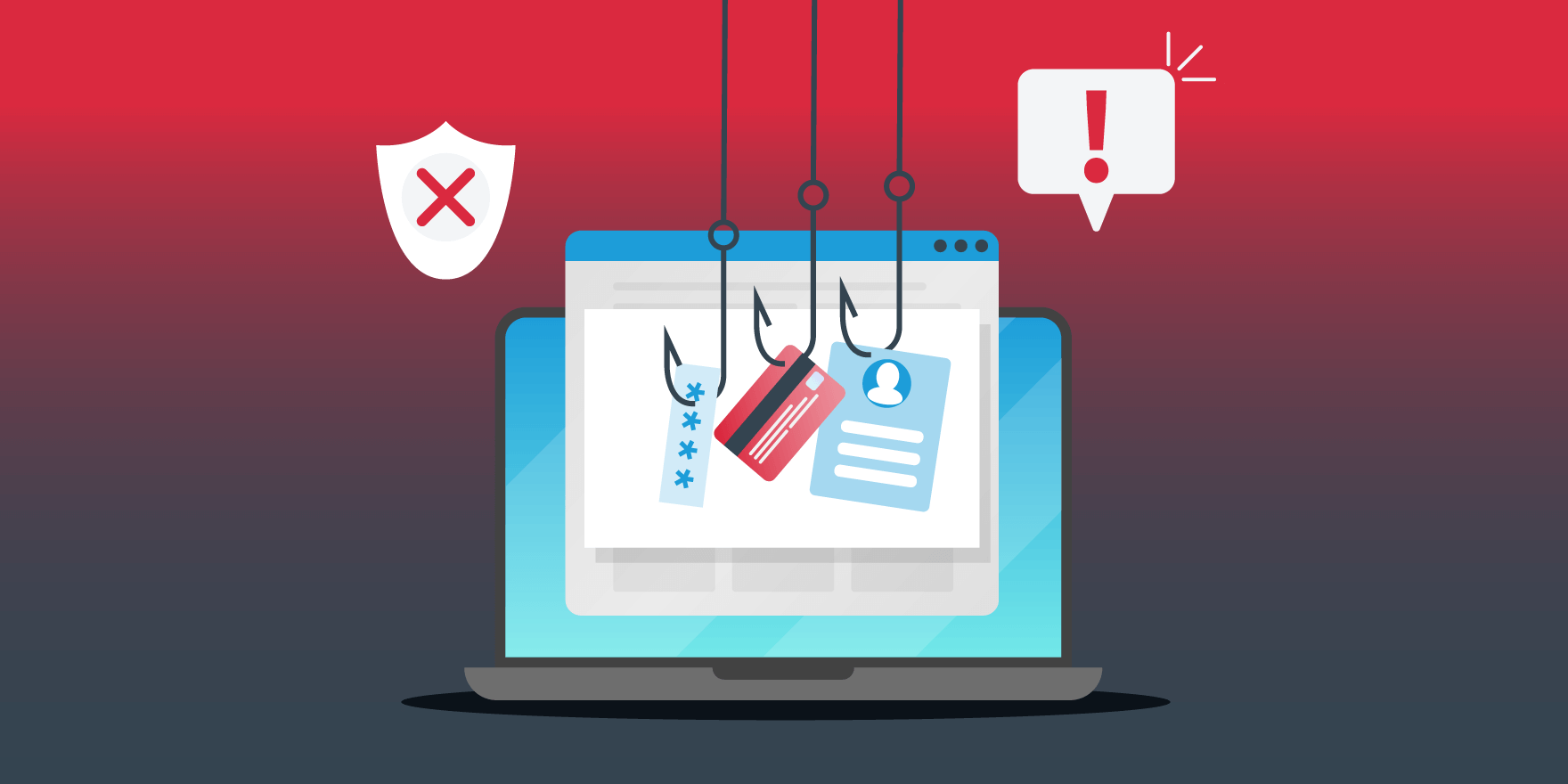Deceptive Communication
The attacker sends a message that appears to come from a trusted source, such as another company, bank, or government agency. These typically come via an email, text message, or social media post.
What is phishing covers the basics of how attacks work & types of attack to help you get started with cyber security training and phishing prevention.

Phishing is a type of social engineering attack designed to trick individuals into revealing sensitive information such as business critical data or payment details. This data can include usernames, passwords, credit card numbers, and confidential documents. Phishing is typically carried out through email, but it can also occur through various other communication channels, such as social media, text messages, or even phone calls.
In this article I’ve included videos from our Cybersecurity101 YouTube series.
We can break down the steps in a phishing attack into these broad categories:
The attacker sends a message that appears to come from a trusted source, such as another company, bank, or government agency. These typically come via an email, text message, or social media post.
The message often contains a sense of urgency or a convincing reason for the recipient to take immediate action such as authorising a payment, addressing an account problem, or responding to a security breach.
The message often contains a link to a fake website that resembles a legitimate site. The goal of the fake site is to trick the user into entering their login credentials, payment information, or starting a malware download.
Once the victim clicks the link or enters their information on the fake website, the attacker collects this data, which can be used for identity theft, fraud, business email compromise (BEC), and other malicious activities.
Phishing most commonly refers to social engineering attacks over email. The cyber criminals are ‘fishing’ in your inbox. There are however different types of phishing, depending on the medium being used as the attack vector. Different types of phishing include:
These are more targeted phishing attacks that are well researched and aimed at specific individuals.
A spear phishing attack against a high-value target, like a CEO or system admin, is called a whaling attack.
When phishing happens over the telephone, it’s called voice phishing, or more commonly vishing.
This type of phishing happens over text messages. It’s hard to pronounce (“smishing”), but is very common.
As you might have guessed by now, this type of phishing is powered by fake QR codes.
Phishing attacks can vary in sophistication, and threat actors continuously adapt their TTP (tactics techniques and procedures), to be more convincing. Phishing is a continuous significant threat to online security because it relies on human error, which is why it is essential to train employees to be cautious and verify the authenticity of messages and websites before sharing personal information or clicking links from unknown senders.
Engaging in-person or remote training to keep your staff aware of phishing attacks and their cyber security obligations.

Anti phishing software can intercept malicious emails before they even reach your inbox using features such as scanning sender addresses to flag suspicious emails, or disabling links sent in emails from unknown addresses. However, the scope and variety of phishing methods available to attackers means no single technology will be able to block all types of phishing, so security training and awareness should always be part of the phishing prevention strategy.
Clicking on a phishing link could make a system vulnerable to multiple attack vectors such as malware or ransomware.
Users could also be directed to a ‘fake webpage’ made to look like a legitimate login page which asks for login information or personal data.
If you do open a suspicious email, don’t interact with it by clicking on links or opening any attachments.
Discover how phishing prevention and cyber security training can protect your business.
Let’s stop phishingIf you are interested in our services, get a free, no obligation quote today by filling out the form below.